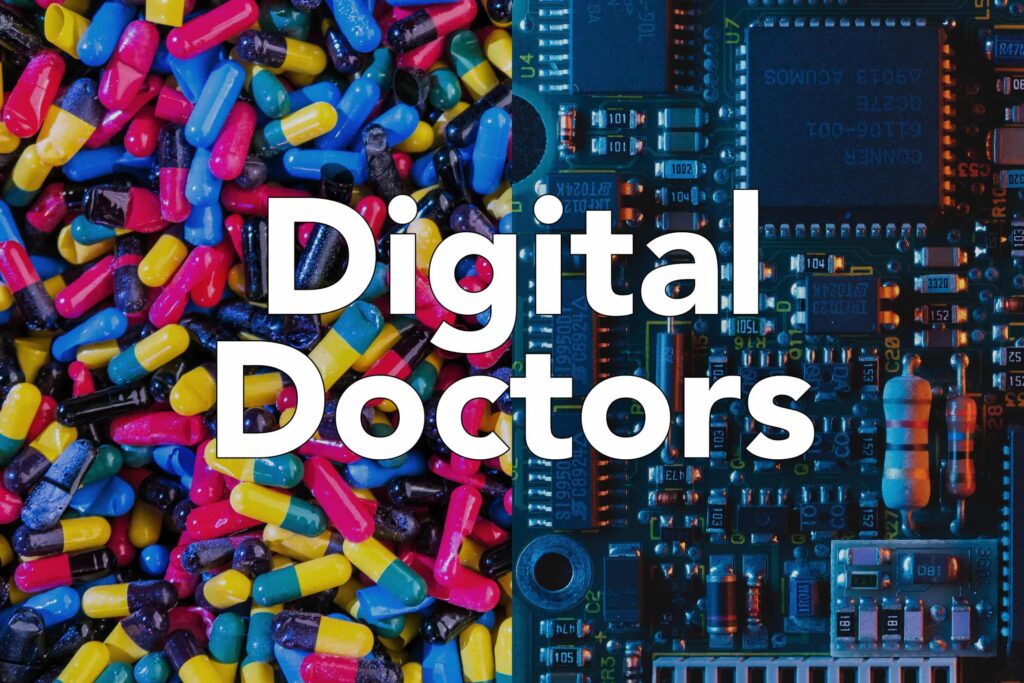
AI is helping New York doctors in new ways. Several University doctors and hospital executives are using an artificial intelligence (AI) computer program to predict whether newly discharged patients will soon be sick enough to be readmitted.
The AI program “NYUTron” reads physicians’ notes to evaluate a patient’s risk of dying and the potential length of their hospital stay, along with other factors concerning their care. Testing showed that NYUTron could predict 80% of patients requiring hospital readmission, according to a report published online on June 7 in the journal Nature.
Developers call NYUTron a “large language model (LLMs),” which can read and understand the creative and individualized notes frequently taken by doctors. It’s a noted improvement over earlier healthcare computer algorithms that required data to be specially formatted and laid out in neat tables, the researchers said. Now, LLMs work by predicting the best word to fill in a sentence based on how likely real people would use a particular term in that context.
Lead researcher Lavender Jiang, a doctoral student at NYU’s Center for Data Science, said in an NYU press release:
“Our findings highlight the potential for using large language models to guide physicians about patient care. Programs like NYUTron can alert health care providers in real time about factors that might lead to readmission and other concerns so they can be swiftly addressed or even averted.”
Jiang and her colleagues trained NYUTron to scan unaltered text from electronic health records and, from what it learns, to make useful assessments about patient health status.
The study showed that the program could predict about 80% of the readmitted patients — a 5% improvement over a standard computer program that requires reformatting medical data. Jiang said by automating basic tasks, the technology may speed up workflow and allow physicians to spend more time speaking with their patients.
Jiang explained that the more data fed into a computer to teach the AI how to recognize word patterns, the more accurate its guesses become over time.
The researchers trained NYUTron using millions of clinical notes collected from the electronic health records of 336,000 men and women who received care within the NYU Langone hospital system between January 2011 and May 2020.
The study authors said this resulted in a 4.1-billion-word language “cloud” that included any record written by a doctor, such as radiology reports, patient progress notes, and discharge instructions.
Notably, the clinical notes did not contain any sort of standardized language, forcing the program to learn to interpret abbreviations and terms unique to a particular writer.
In testing, the researchers reported that NYUTron identified 85% of those who died in the hospital (a 7% improvement over standard methods) and estimated 79% of patients’ actual length of stay (a 12% improvement over the standard model).
The device also successfully gauged the probability that a patient might have additional conditions along with their primary disease, along with the possibility that insurance would deny coverage.
“These results demonstrate that large language models make the development of ‘smart hospitals’ not only a possibility, but a reality,” senior researcher and neurosurgeon Dr. Eric Oermann said. “Since NYUTron reads information taken directly from the electronic health record, its predictive models can be easily built and quickly implemented through the health care system.”
Future studies could explore the model’s ability to extract billing codes, predict the risk of infection, and identify the right medication to order, among other potential applications, Oermann said.
However, Oermann emphasized that NYUTron is considered a support tool for health care providers, not a replacement for a doctor’s judgment tailored to an individual patient.
The U.S. National Institutes of Health partly provided funding for the study.
Want to hear more? Other uses for AI are the main topic of discussion in an upcoming episode of Generation Health! Be sure to subscribe and set notifications so you know as soon as they’re released!
Sources:
https://github.com/nyuolab/NYUTron
https://www.nature.com/articles/s41586-023-06160-y
https://en.wikipedia.org/wiki/Large_language_model
